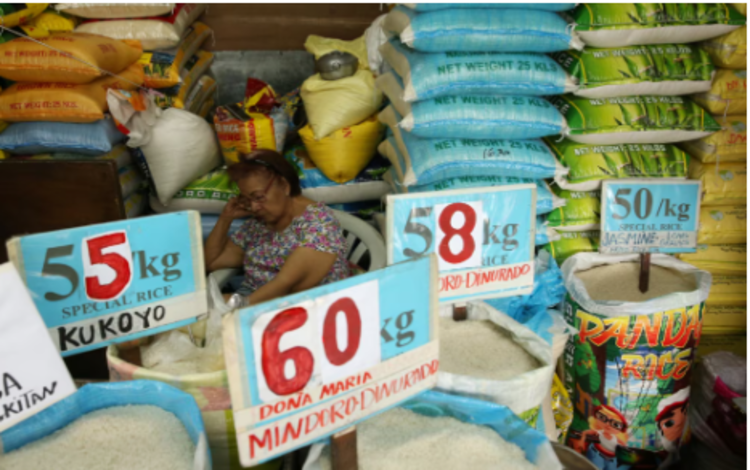Rice prices in the Philippines could decrease by as much as P5 per kilo if tariffs on rice imports are further reduced, according to government estimates. This potential reduction in tariffs below the current 35 percent rate is seen as a significant step towards making rice more affordable for Filipino consumers.

Arnel de Mesa, the Agriculture Assistant Secretary, and spokesman, highlighted that decreasing the tariffs would result in retail prices of rice falling by P4 to P5 per kilo. This statement was made during a recent forum, reinforcing the government’s commitment to reducing the cost of this essential staple.
Finance Undersecretary Domini Velasquez noted that the government is considering lowering rice tariffs to between 15 and 20 percent, down from the present rate of 35 percent. “If we are going to lower the tariffs to 17.5 percent, there would be a huge reduction (in retail prices of rice). Our estimate is about P4 to P5 (per kilo) reduction,” de Mesa elaborated.
This proposal follows Finance Secretary Ralph Recto’s earlier announcement regarding the government’s intention to cut rice tariffs further to expedite the reduction in retail prices. The current tariff rate of 35 percent has already been extended until the end of the year as part of ongoing efforts to curb inflation.
Velasquez emphasized that the Department of Finance is prepared to accept the estimated revenue losses of “less than P10 billion” due to the tariff reduction. She argued that this sacrifice is worthwhile if it successfully lowers rice prices by P4 to P5 per kilo. “The foregone revenues would not matter much if we can bring down the prices (of rice by) P4 to P5,” she said.
De Mesa also assured that the prevailing farmgate prices of palay, or unhusked rice, would remain largely unaffected by the tariff reduction. This is due to the higher buying prices offered by the National Food Authority (NFA), which supports local farmers by ensuring a stable income.
Rice imports make up about 20 percent of the country’s total rice supply. The country’s rice inflation has shown signs of easing, dropping to 23.9 percent in April from 24.4 percent in March, based on data from the Philippine Statistics Authority (PSA).
It is worth noting that one of President Ferdinand Marcos Jr.’s campaign promises was to reduce rice prices to P20 per kilo. However, this target has proven challenging, with prices reaching over P60 per kilo this year.

The government’s ongoing efforts to reduce tariffs on rice imports underscore its commitment to addressing the high cost of living and mitigating inflation’s impact on Filipino households. By lowering the tariffs, the administration hopes to provide immediate relief to consumers while balancing the interests of local rice farmers.
